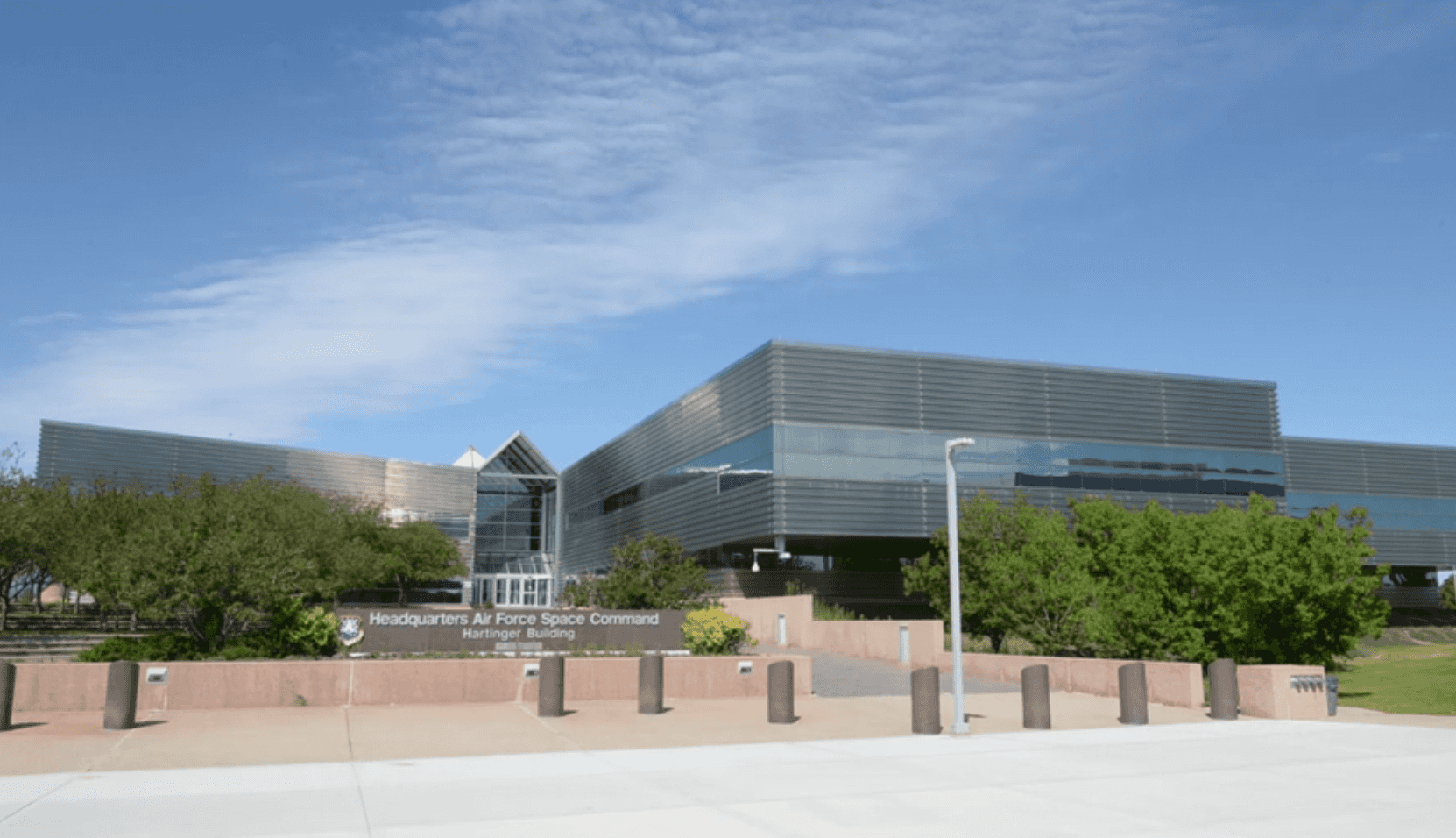
The U.S. Space Command’s proposed move to Huntsville passed a big test July 13 when the Pentagon released a draft environmental assessment finding “no significant impacts on the human or natural environment” if the headquarters is built on the Redstone Arsenal site.
Although there remain four steps ahead of the move, Republican U.S. Sen. Tommy Tuberville of Alabama said the environmental assessment should be the last major hurdle for the plan to move the command from startup headquarters in Colorado to a permanent site. The move would bring 1,800 headquarters staff and their families to north Alabama.
“The Redstone Arsenal site is the (Department of the Air Force’s) Preferred Alternative for implementation of the Proposed Action,” the environmental assessment said. The proposed action is a permanent headquarters.
“Huntsville compared favorably across more of these factors than any other community, providing a large, qualified workforce, quality schools, superior infrastructure capacity, and low initial and recurring costs,” the assessment said. “Additionally, the Huntsville community, with Redstone Arsenal coordination, offered a facility to support the headquarters, at no cost, while the permanent facility is being constructed.”
Barring a wild card, four things must happen before the base relocation process ends and base relocation planning begins. Here is what is ahead based on the record, established base movement procedures and conversations with those in Alabama and Washington working on the move including Tuberville’s office:
1. A 30-day public comment period started July 13 on the environmental impact decision. The environmental assessment technically remains a “draft” and isn’t official until that comment period ends.
2. The Air Force, which wrote the draft assessment, said it will “take into account comments received for the (Air Force) to consider before making the final decision for the command’s headquarters.”
3. The Air Force will look at “concerns regarding full operational capability for U.S. Space Command headquarters” and review its own criteria for childcare, housing affordability and access to military/veteran support.
4. The civilian secretary of the Air Force will take those reviews and make the final base decision.
If Redstone remains the top selection, a multi-year process would follow involving construction of the headquarters and hiring of additional needed staff.
Alabama leaders expect this final review to be favorable. The original base comparison ranked Redstone on top among base contenders, and reviews by the General Accounting Office (GAO) and the Defense Department’s Office of Inspector General found those rankings reasonable.
Back to that wild card. The Secretary of the Air Force may look into a question raised by the GAO review: Would staying and upgrading in Colorado help Space Command reach full operational capacity sooner?
Alabama lawmakers answer that by pointing to Space Command Gen. James Dickinson’s testimony before the Senate Armed Services Committee earlier this year. Dickinson said it will take the command three years to reach full operational capacity regardless of the base location.
The command staff includes personnel from the Air Force, Army, Marine Corps and Navy and is based at Peterson Space Force Base in Colorado Springs, four leased facilities in Colorado Springs and in “various government facilities at DoD installations across the nation.”
___
© 2022 Advance Local Media LLC
Distributed by Tribune Content Agency, LLC.